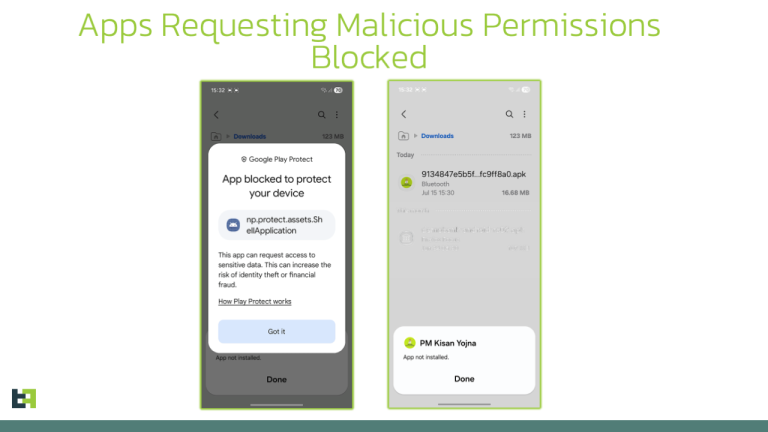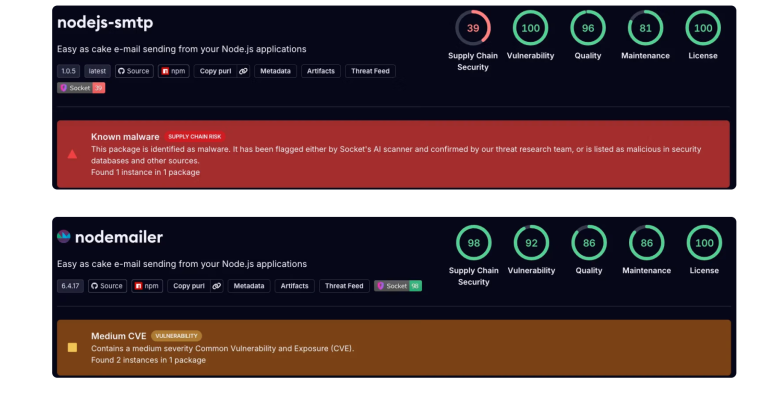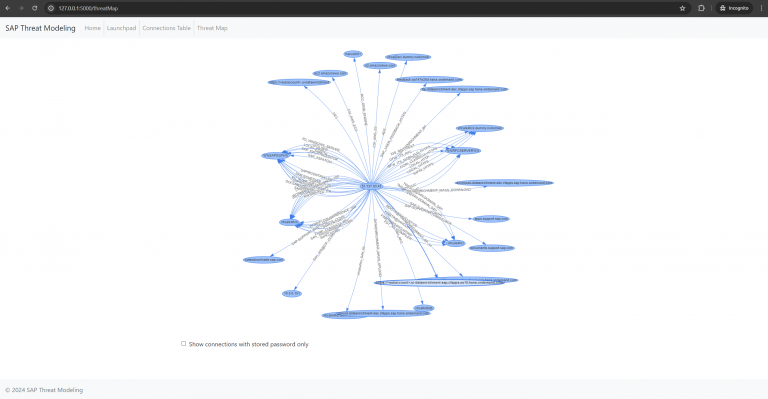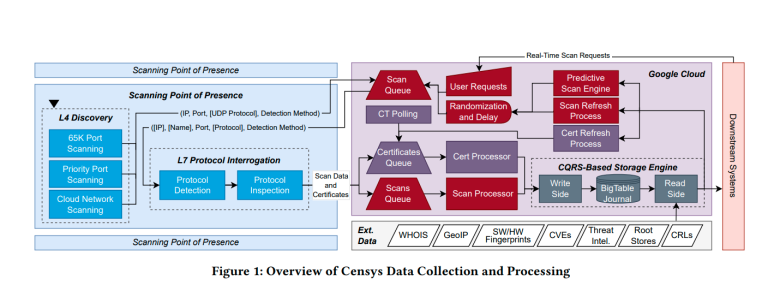
U.S. authorities have disclosed the details of a July operation against the BlackSuit ransomware syndicate, a coordinated strike that dismantled the group’s infrastructure and seized its digital assets. On July 24, in an internationally led action spearheaded by Homeland Security Investigations (HSI), law enforcement gained control of four servers and nine domain names — including the group’s primary onion site, which was replaced with a seizure banner. More than $1 million in cryptocurrency, previously funneled through laundering schemes, was also confiscated.
Officials stressed that the aim extended beyond the mere physical dismantling of servers: the operation sought to unravel the very ecosystem sustaining the ransomware enterprise — its communication channels, negotiation platforms, and financial pipelines. This feat was made possible through multilateral coordination, enabling simultaneous denial of access, site takeovers, wallet freezes, and the preservation of digital evidence for future prosecutions.
Notorious for demands reaching into the hundreds of millions, BlackSuit — formerly operating under the name Royal — has been accused by U.S. investigators of attempting to extort over $500 million from hundreds of targeted organizations. The Department of Justice revealed that among the seized assets was a virtual currency cache worth $1,091,453 at the time of theft, repeatedly cycled through a cryptocurrency exchange account until its suspension on January 9, 2024.
Critical infrastructure sectors bore the brunt of BlackSuit’s attacks — manufacturing, government, healthcare, public health, and commercial facilities. The National Security Agency has labeled such campaigns a persistent threat to public safety, capable of paralyzing municipal services, medical networks, and contractors vital to essential operations.
The July raid formed part of Operation Checkmate, which involved 16 additional partners: Europol, the UK’s National Crime Agency (NCA), the U.S. Office of Foreign Assets Control (OFAC), Bitdefender, and specialized agencies from Ukraine, Lithuania, Canada, Ireland, Germany, and France. This coalition provided legal support, technical forensics, telemetry sharing, and coordinated warrant execution across multiple jurisdictions.
Yet, researchers warn of a familiar ransomware tactic — rebranding. According to Cisco Talos, a new “Ransomware-as-a-Service” platform dubbed Chaos has been active since February, mirroring the double-extortion playbook: data theft followed by encryption. Analysts, with moderate confidence, link Chaos to former BlackSuit/Royal members based on encryption methodologies, ransom note structures, and toolkits used in past compromises.
Promotional material for Chaos’ affiliate program has surfaced on Russian-language dark web forums, promising the ability to compromise Windows, ESXi, Linux, and network storage systems, alongside tailored extortion utilities and deal facilitation. Researchers emphasize that this Chaos has no connection to an earlier malware builder of the same name; the label appears to have been deliberately chosen to sow confusion. As of Monday, the group’s leak site listed over 18 victims, with ransom demands starting at $300,000. Victims who pay are promised a decryptor and a “comprehensive penetration test report,” while those who refuse face threats of data publication and DDoS attacks. In May, the Salvation Army was among the named victims, with stolen materials later posted online.
A brief historical lens on BlackSuit/Royal illustrates its scale. Emerging in early 2022 with the breach of Silverstone Circuit, the collective originated as a coalition of veterans from Russian-speaking groups, including former Conti affiliates. Before developing its own ransomware, the group leveraged strains like BlackCat and Zeon. By late 2023, following its rebrand, the number of recorded victims exceeded 350, with total revenues — according to CISA — surpassing $275 million. In 2024 alone, the group claimed responsibility for at least 144 incidents.
Its ransom demands have ranged from roughly $1 million to $11 million in Bitcoin, payable via a hidden website. In one 2023 case, a company transferred 49.3120227 BTC (valued at $1,445,454.86 at the time) before the coins were laundered through multiple exchange deposits and withdrawals, eventually frozen by the platform’s administrators.
The resurgence of Royal/BlackSuit and its rebranding last year prompted updated joint advisories from U.S. agencies detailing the group’s tactics, tools, and procedures — from phishing-based initial access to systematic data exfiltration preceding encryption. Among its most disruptive incidents was the 2023 cyberattack on the city of Dallas, which left municipal services crippled for weeks and impacted both police and fire department operations. In 2024, notable victims included CDK Global, Young Consulting, the Kershaw County School District in South Carolina, the Kansas City Police Department, and a local hospice.
While July’s law enforcement action may not signal the definitive end of BlackSuit, it delivers a significant blow — stripping the syndicate of critical footholds. Relocating servers, rebuilding platforms, renegotiating with affiliates, and re-routing financial channels will take time, likely reducing operational tempo and offering a valuable window for potential targets to bolster their defenses.






